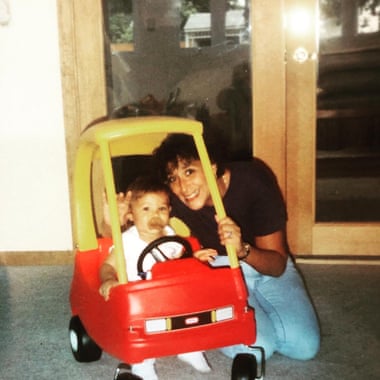July marks one year since we buried my mother. She departed this world far too soon in February 2021 – she wasn’t even 62.
Several months after her passing, I found a plastic bag with her hair in it, along with a note she’d written in 2013, explaining that she left this lock – so soft and matted flat – for when she moved on to the other side. “I wanted to leave something still alive,” she wrote, “so I left my hair.”
We’re Penobscot, Panawahpskewi, people of the where the white rocks extend out, living and having lived in Maine. Hair in our culture is important. In the right hands it can be powerful, just as my mother’s hair is in that plastic bag – a reminder of her, a piece of her still on this earth. But in the wrong hands, hair can be dangerous. I know it’s been used in ways to cause harm: my sister once found a jar full of hair, corn and teeth under the stairs of a house she was staying at on the Mohawk reservation, a curse her then boyfriend had told her about. We’re not the only tribe to consider hair a sacred part of the body – most in the United States, Canada and Mexico know the value of hair, its importance.
Growing up, I was always vigilant about my hair, or at least my mother was. Every comb or brush in our house never had a single strand on it. After brushing or combing, you were instructed to take all the hair and flush it down the toilet.

I don’t believe in curses, but I still have this pang of guilt and even a sliver of fear every time I see my hair falling at a barber or the hair of a loved one on the floor, like my wife’s, whose hair I trim every now and then. The last two cuts’ worth are wrapped in towels and tucked in the hamper, and something in me – something deep in me – won’t let me move them, won’t let me throw them away.
Maybe I do believe after all.
At some point during the pandemic, and with Mom already gone, everyone was giving themselves haircuts. I recall people posting pictures and short videos of themselves tossing their hair into the outdoors, claiming it might help the birds build their nests.
But every time I saw one of those pictures or videos, I couldn’t help but laugh, thinking about what my mom would say. I imagined her in some indescribable place beyond Life, her Kindle in her hand (they have Kindles at that place), a smoke in the other (you’re already dead so smoking can’t kill you), playing Bingo online (and they have really good internet), hearing about these tweets and Instagram posts and saying, “What are they fucking stupid? They sure are asking for trouble.”
Many Native men grow their hair out. For Native people, long hair can signify a strong cultural connection, but I never grew mine out long enough to make a braid. When I was younger, I stayed with my mother throughout the school year, and would usually let my hair grow out into these long, dark curls until June, when I would take the bus to visit my father for the summer. I always came back with a haircut – not because anyone pressured me, but because anyone who starts to grow their hair out knows it gets annoying and unruly eventually.
Mom would always say, “Gwus, why’d you cut your hair?” and she’d give me a little tap on the head. “Grow it out again. It looks nice.” And so then I’d start over in the fall, letting it grow once more.
When we finally buried her in July, five months after she had already moved on and been cremated, I wished so much that I had had a braid. I feel so guilty about it. When a loved one dies, you’re supposed to snip off your braid and bury it with them, a representation of the time spent with that person but also signifying a new beginning. But I had nothing to cut. Mom left me her hair, and I couldn’t give her anything.
Perhaps one day I’ll grow it out – let it get as long as it can – and on the anniversary of her death in some year to come, I’ll cut it off, burn it, and hope it makes its way to the very place that Mom is waiting.
Morgan Talty is the author of Night of the Living Rez: Stories (Tin House). He is a citizen of the Penobscot Indian Nation where he grew up. He lives in Levant, Maine.
Stay connected with us on social media platform for instant update click here to join our Twitter, & Facebook
We are now on Telegram. Click here to join our channel (@TechiUpdate) and stay updated with the latest Technology headlines.
For all the latest Education News Click Here
